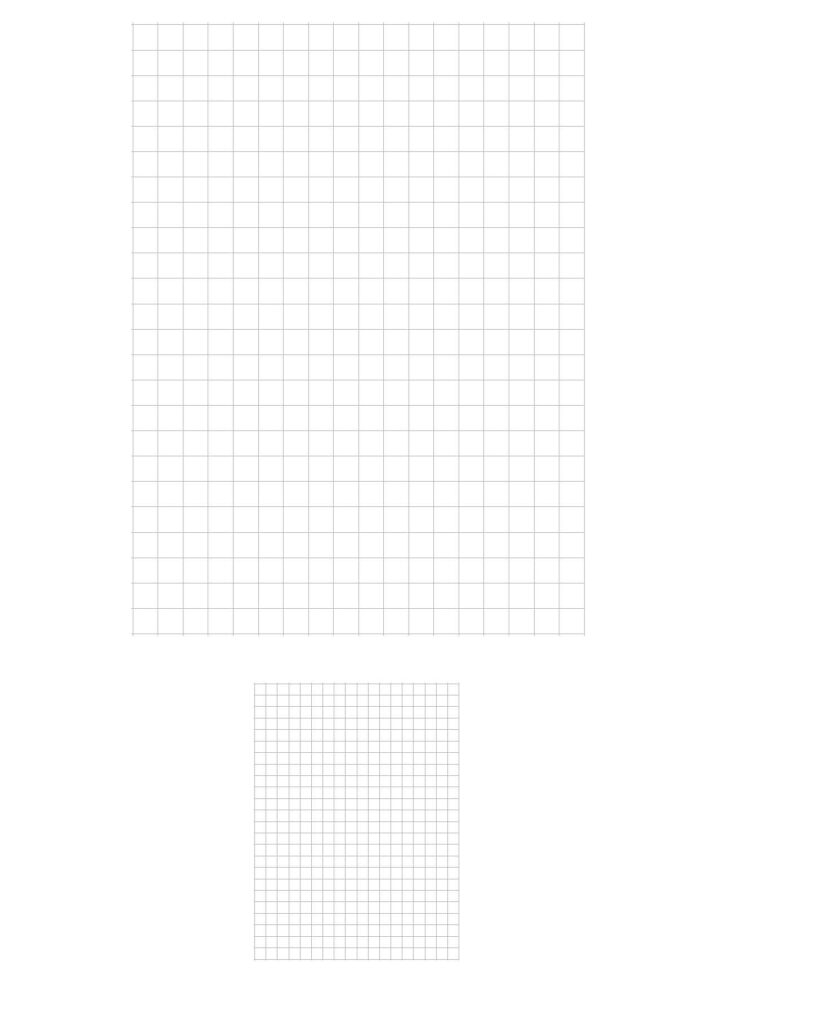1. Opening circle (10 min)
Big circle: How do you feel now, what happened to you during the last week?
2. Coding master (10 min)
The facilitator explains that she is the coding master and all the participants are computers. The computers face the coding master in a line and follow her instructions.
The coding master gives “If… then..” instructions and tha participants follow these. E. g. If I lift my right hand, then you step one step to the left. If I step forward, then you clap.
The coding master tries to trick the participants e.g. by mentioning her right hand, but lifting her left hand.
Volunteer participants can become coding masters.
3. Picture coding (10 min) – printed Annex, pencils
The facilitator explains that pictures consist of pixels. If we enlarge a picture, each pixel can be as large as a square in the printed grid. Younger participants can use the bigger grid, older kids can try the smaller grid.
The participants get the code. If the first line of the code is 2, 7 it means that in the first line 2 squares are white, then 7 squares are black. The numbers alternately indicate the white and black squares, so in the 3rd line it is 2 whites, then 1 back, then 1 white, then 3 blacks. Participants must pay attention not to get mixed up.
If they follow the code, a small robot will emerge.
If they enjoy the game, they can write codes for simple pictures.
4. Sandwich-making robot (25 min) – sliced bread, spreads, cold cuts, cheese slices, cut vegetables, plates, butterknives, scarves (for blindfolds)
One volunteer is the robot, the other is the programmer. The facilitator blindfolds the robot. All the necessary tools are placed on a table. The programmer must give very precise instructions to the robot on how to make a sandwich without using the key words (e.g. bread, spread, plate, knife), because the robot does not undertand these words. All these objects must be decribed precisely.
The other participants watch the first pair, then the facilitator initiates a discussion on what a good instruction is like, what they should take into consideration, how the instructions should follow one another.
Eventually, participants form pairs and become robots or programmers.
If the sandwiches are not too disgusting, they should eat them 🙂
5. Closing circle (5 min)
What are you taking away from this workshop? What was the best/ most difficult?
ANNEX


